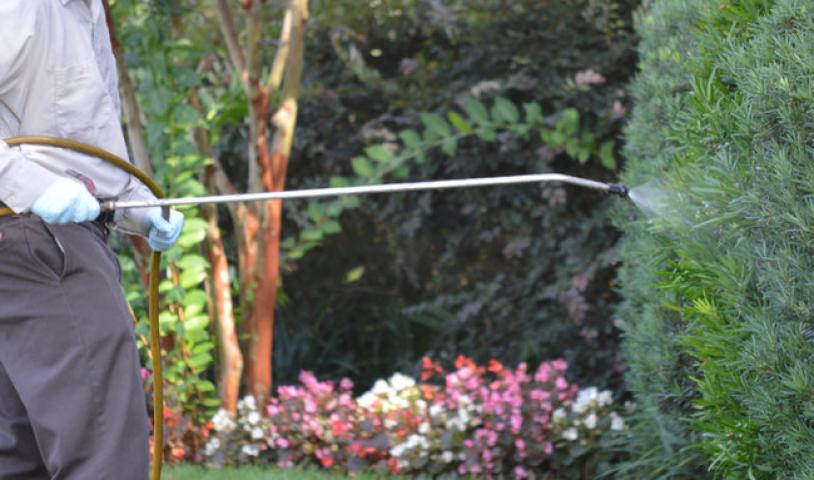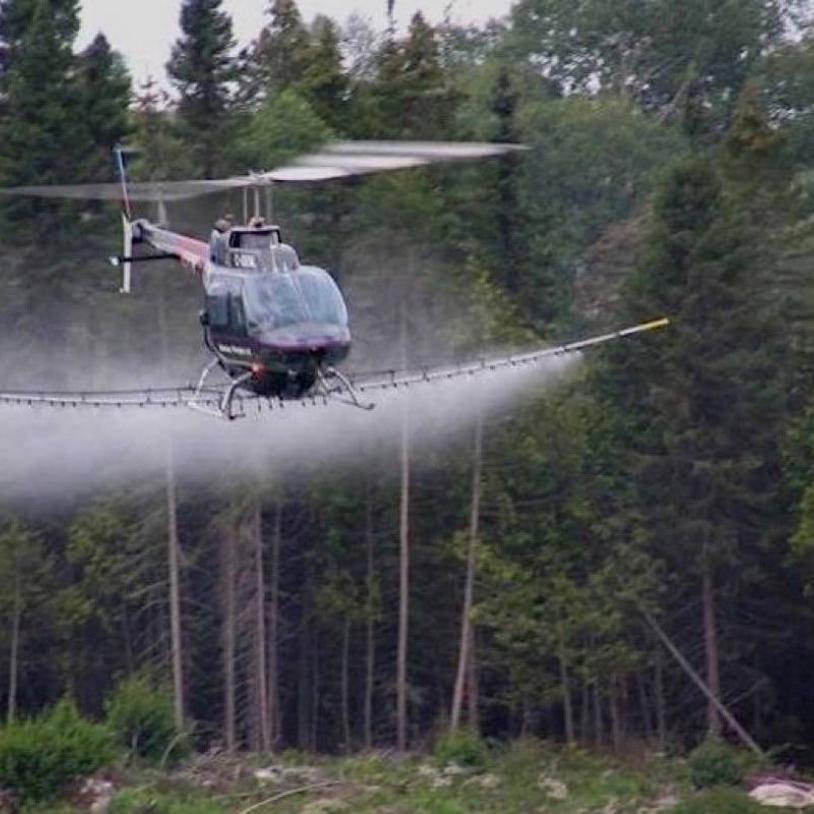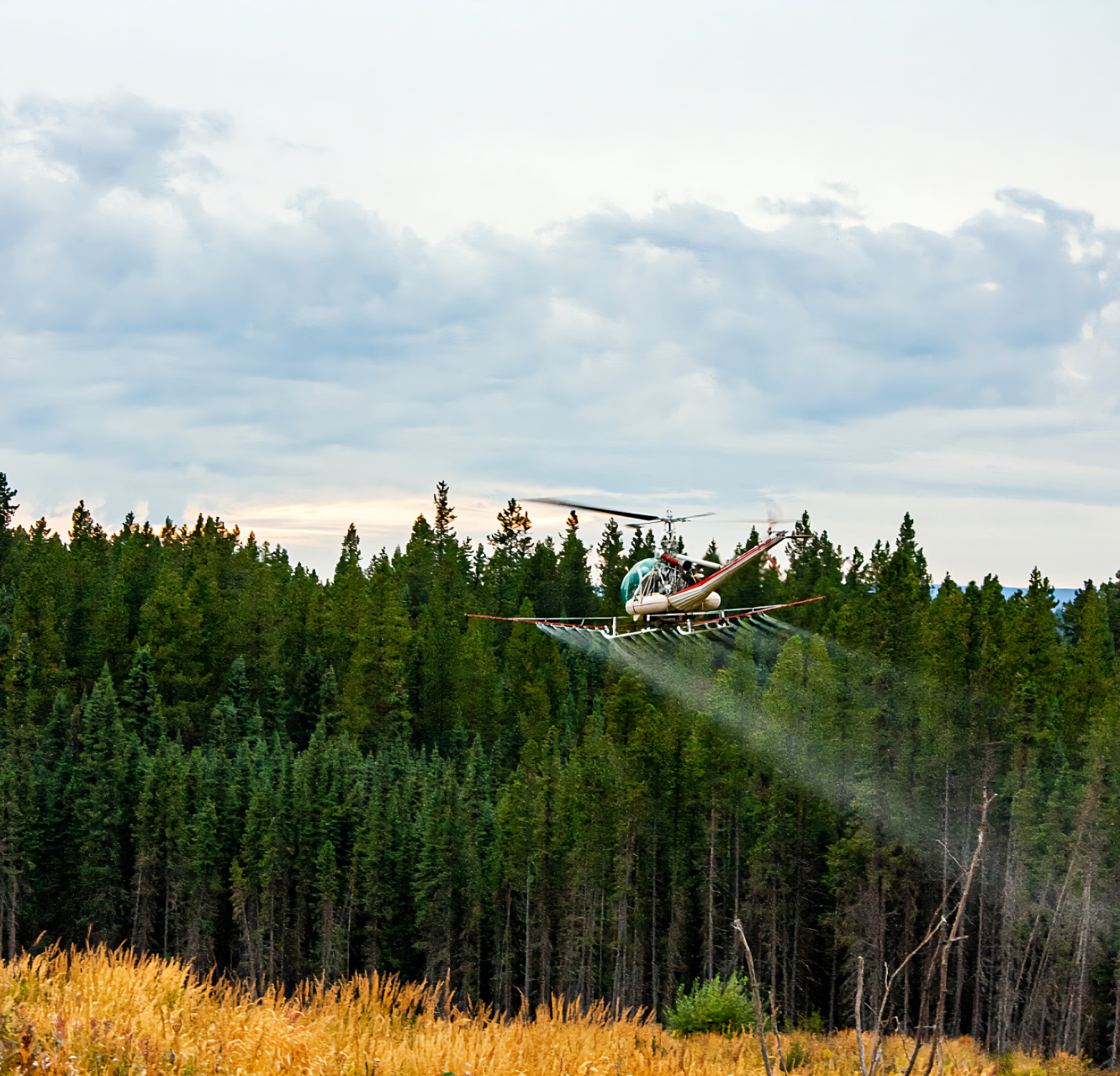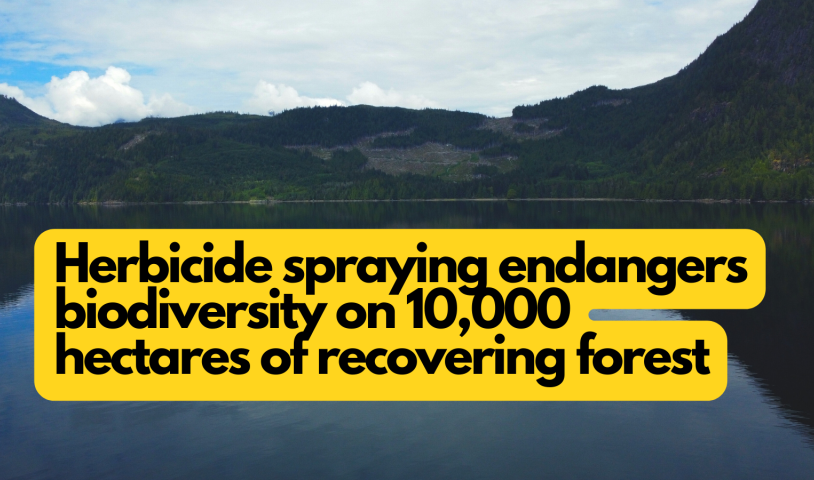Neonic Pesticides Kill a LOT More than Bees
Friday, September 22, 2017
Scientists and environmentalists have been warning us for years that pesticides known as neonicotinoids, or neonics for short, are destroying bee populations and building up in groundwater. But a task force just revealed its analysis of over 500 studies and their results call for a ban on these toxic pesticides.
The Task Force on Systemic Pesticides (TFSP), part of the International Union for Conservation of Nature, recently revealed their most recent assessment of the environmental risks of neonics at a forum in Ottawa, Canada. This assessment is considered the world’s most comprehensive scientific review of the ecological impacts of neonics as well as fipronil, a related systemic pesticide used in Europe. And, their research uncovers that the environmental degradation caused by these pesticides is far worse than originally thought.
Their findings indicated that neonics destroy bee populations, but also kill frogs, worms, birds and fish, too. While manufacturers continue to dispute the damage caused by neonics, scientists continue to call for a ban on them, citing the enormous global risk to biodiversity and ecosystems. This is the second study conducted by the group. This one reviews the hundreds of studies on neonicotinoids since 2014.
Neonics are largely used in agriculture applications such as seed treatments, soil treatments and commercial turf products, but they are also used on trees, in animal insect treatments and even domestic lawn products.
In a media release on the study findings, Faisal Moola, director-general with the David Suzuki Foundation said “Only a tiny fraction of pesticide use serves its purpose to fight pests. Most simply contaminates the environment with extensive damage to non-target organisms.” And, that damage comes in the form of killing a wide variety of different species integral to the ecosystem. Adds Moola: “The use of these pesticides runs contrary to environmentally sustainable agricultural practices. It provides no real benefit to farmers, decreases soil quality, hurts biodiversity and contaminates water, air and food. There is no longer any reason to continue down this path of destruction.”
There are several ways that neonics destroy the environment:
- They are embedded into seeds that are planted
- Treated seeds are eaten by birds
- The dust from the seeds can contaminate the air during planting
- Pollen and nectar eaten by bees is contaminated
- The insecticide washes into waterways like streams, rivers and seas
- The soil is contaminated from year after year build up
Sadly, neonics are the most widely used pesticides in the world. But some environmental groups hope to end the use of these toxic substances. The David Suzuki Foundation, Friends of the Earth (Canada), Ontario Nature and The Wilderness Committee are suing the Canadian government for allowing the use of some neonics.
As early as 2013 the European Union banned the use of certain neonicotinoids for particular applications but is considering a wider-scale ban.
Maryland and Connecticut will begin bans on products containing neonics by January 2018. But these measures are insufficient to stop the pervasive and persistent global damage that is already occurring in alarming amounts.
Jean-Marc Bonmatin, TFSP vice-chair and research scientist at France’s National Centre for Scientific Research stated in a media release: “The use of these pesticides runs contrary to environmentally sustainable agricultural practices. It provides no real benefit to farmers, decreases soil quality, hurts biodiversity and contaminates water, air and food. There is no longer any reason to continue down this path of destruction.”
Government agencies worldwide must accelerate their bans on the production and use of these toxic products. Our global food supply, and indeed our health, depends on it.





